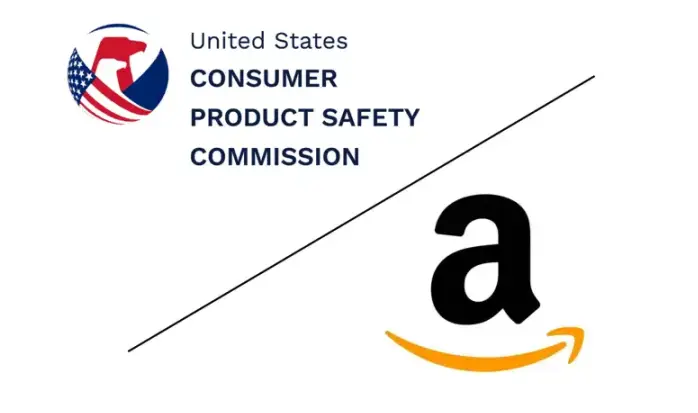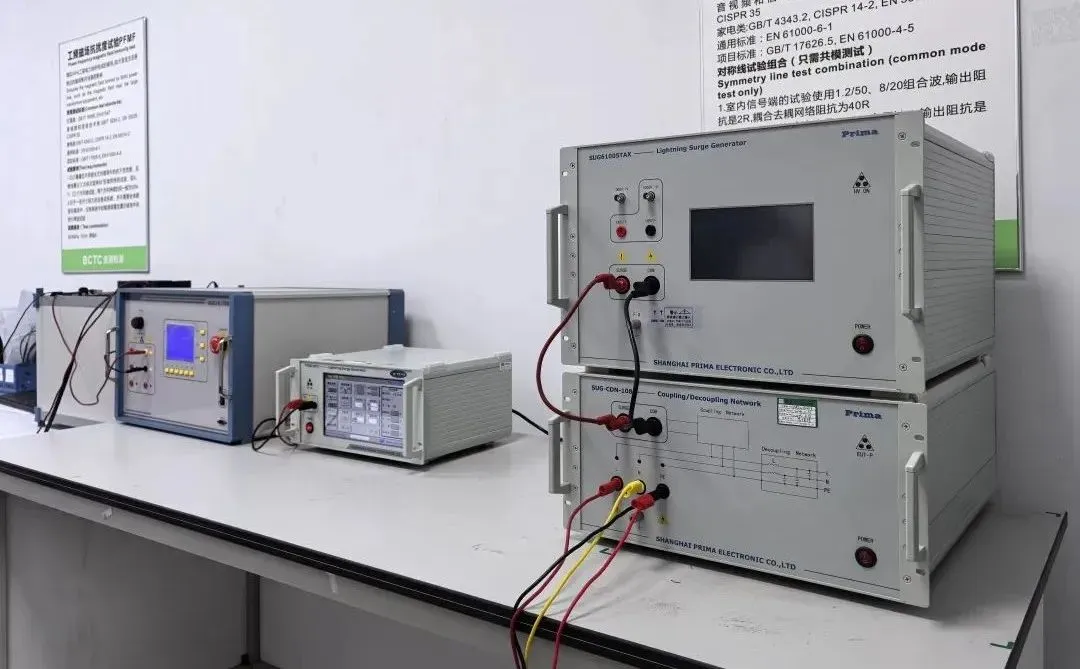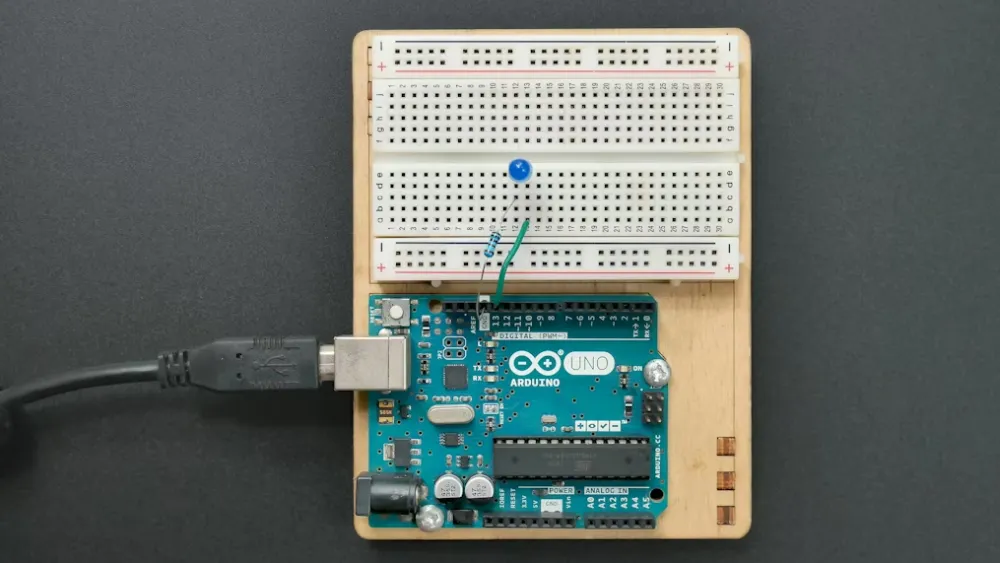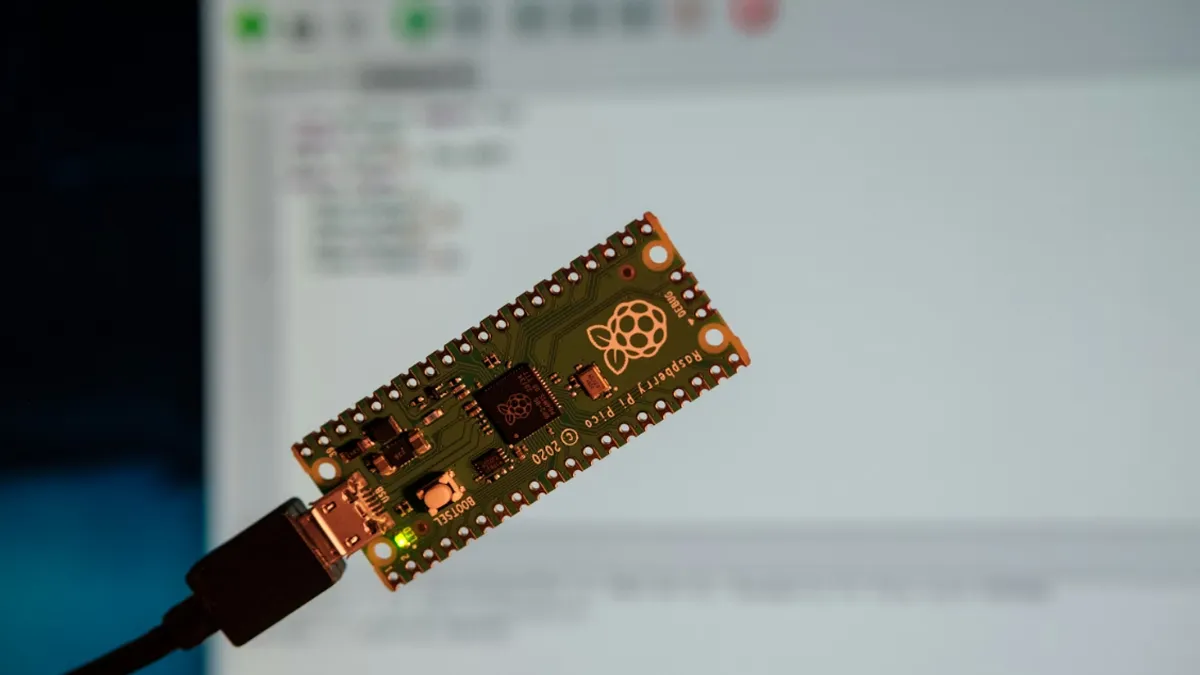
IC Certification Process and Standards
What is ic certification?
IC stands for Industry Canada, the former name of the Canadian government agency responsible for certifying electronic and electrical products for entry into the Canadian market. Now known as Innovation, Science and EconoMIC Development Canada (ised), this agency oversees mandatory certifications to protect radio spectrum resources and ensure public health and safety.
Any telecommunications equipment sold in Canada—including radio transmitters, receivers, and transmission devices—must obtain IC certification before being legally sold or used. The IC certification process and testing requirements are similar to those of the FCC (U.S.), and a joint application with the FCC is often possible.
What Are the Types of IC Certification?
Since 2016, IC has been officially renamed to ISED (Innovation, Science and Economic Development Canada). The original IC Certification Number has been renamed ised certification Number, though it retains the same labeling format: IC: XXXXX-YYYYYYYYY.
There are several types of ISED certification methods:
1. ISED Certification: Can be obtained through self-declaration or formal certification.
2. ISED-sdoc (Supplier’s Declaration of Conformity): Typically used for non-wireless products.
3. ISED-ID Certification: Generally applies to wireless products.
Which Products Require IC Certification?
The following categories of products require IC certification:
Lighting Equipment: All types of lighting products.
Information Technology & Peripheral Devices: Computers, printers, scanners, etc.
Audio/Video Products: TVs, speakers, headphones, and related devices.
Mechanical Equipment: Includes industrial and household machinery.
Electrical Equipment: Such as power tools and household electrical appliances.
Telecommunication Equipment: Phones, routers, and other communication devices.
Medical Devices: All equipment and instruments related to healthcare.
For wireless products, the certification process may take an additional 5 working days if the client has not previously registeRED with IC. Key applicable standards include ICES-001, ICES-003, and the RSS series, covering devices such as wireless mice and keyboards, remote control toys, and various low-power RF devices.
IC Certification Process
1. Preparation Stage
Determine Product Category: Identify the appropriate IC standard based on the product, such as ICES-001, ICES-003, or the RSS Series.
Document Collection: Prepare required documentation, including:
User manual (in English)
Product specification sheet
Circuit schematic
PCB layout
Block diagram
Application form
Product photos
For wireless products: additional documents like circuit block diagram, antenna gain data, operational description, and contact information for the Canadian representative.
Sample Preparation: Provide product samples for testing.
2. Application Stage
Company Code Application: New applicants must obtain a permanent company code.
Submit Materials: Submit all prepared documentation, test reports, and product samples to IC for certification.
3. Review and Testing
emc testing: Ensure the product meets IC’s electromagnetic interference standards (e.g., radiated emissions, conducted emissions).
RF & SAR Evaluation: Wireless products must undergo RF performance testing, and certain devices require Specific Absorption Rate (SAR) evaluation.
Preliminary Review: IC conducts an initial review of all submitted documentation.
4. Final Review and Certification
Final Review: After passing all testing and document checks, IC conducts a final evaluation.
Certification Issuance: IC issues the certificate and stores the IC code in its public database.
5. Labeling Requirements
Label Content: The product label must include the manufacturer’s name or trademark, model number, and ic id number.
Canadian Representative Address: The label must also display the address of the Canadian representative.
6. Certification Timeline
Typical Duration: The entire testing and certification process is usually completed within 15 working days.
Email:hello@jjrlab.com
Write your message here and send it to us
 Infant Support Pillow 16 CFR 1243/1242 & ASTM
Infant Support Pillow 16 CFR 1243/1242 & ASTM
 BRM Registration Card Under CFR Part 1130 Regulati
BRM Registration Card Under CFR Part 1130 Regulati
 How to get a D-U-N-S® Number for US FDA Registrati
How to get a D-U-N-S® Number for US FDA Registrati
 Household Massage Devices Compliance in the China
Household Massage Devices Compliance in the China
 Compliance for the Global In Vitro Diagnostic (IVD
Compliance for the Global In Vitro Diagnostic (IVD
 Compliance Guide for Nebulizers in European and Am
Compliance Guide for Nebulizers in European and Am
 Cybersecurity Certification Service for EU RED Dir
Cybersecurity Certification Service for EU RED Dir
 ANATEL Certification Compliance Guide for Brazil M
ANATEL Certification Compliance Guide for Brazil M
Leave us a message
24-hour online customer service at any time to respond, so that you worry!




